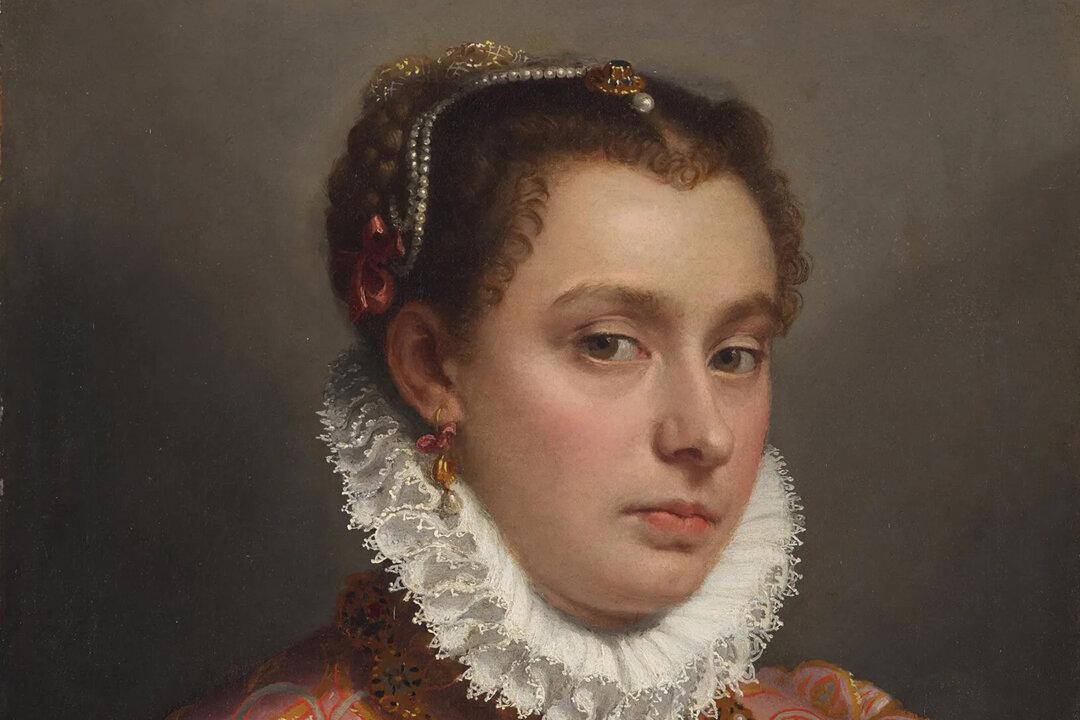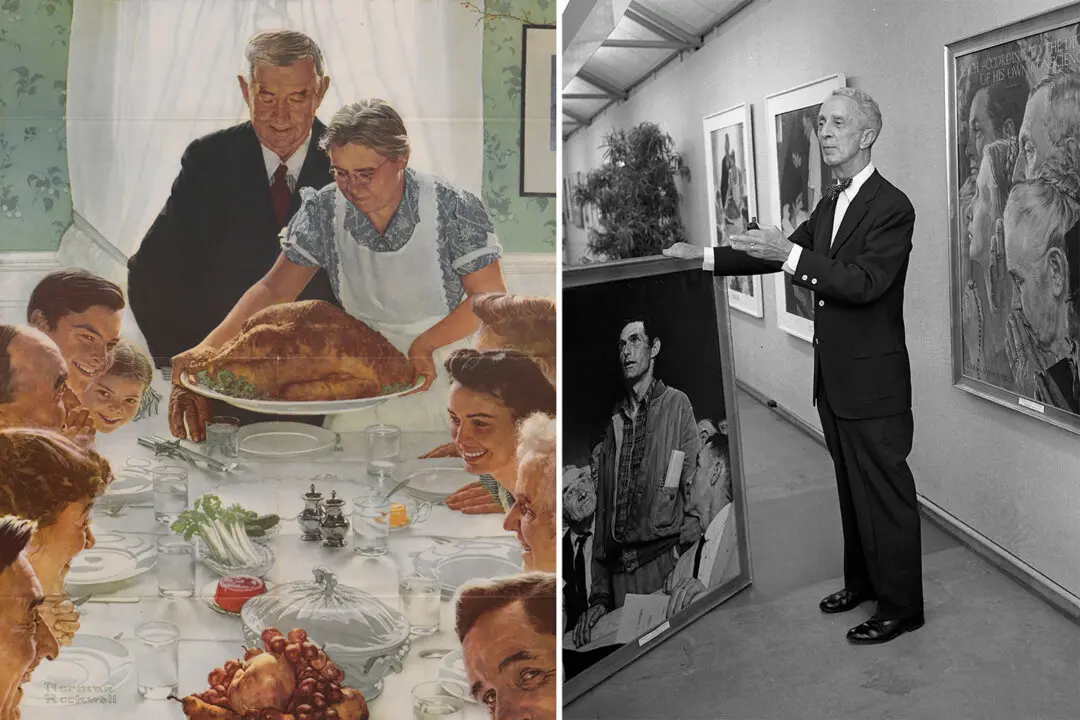Renaissance masterworks are highly prized by their owners—be they museums or private collectors. It is rare for such paintings to become available for acquisition. One such example, “Portrait of a Young Woman” by Giovanni Battista Moroni (1520/24–1579/80), was recently gifted to The Frick Collection by the trust of the late American software businessman Assadour O. Tavitian. This Moroni is a captivating portrait which, unusual for its day, depicts a woman with a strong personality.
Moroni was a peer of the great Italian Renaissance artists with household names. The first important museum exhibition in the United States of the artist’s portrait paintings was in 2019 at The Frick. One of the greatest Moroni works in this show was “Portrait of a Young Woman,” which was then on loan from Tavitian’s private collection.





